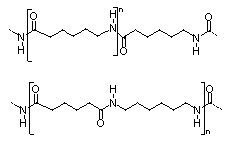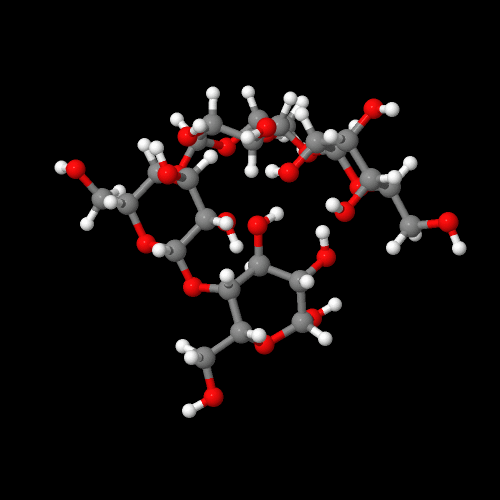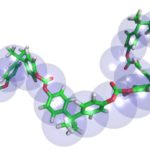Summary Course Description

Chapters 1-4
Discussion of knowledge as related to what science is, how it's done and how it leads to technology. Timeline of polymer developments is followed by several definitions required to understand other chapters.

Chapters 5 and 6
Several analogies for polymers help provide visual pictures of molecular size and behavior followed by chapter on compositional and architectual variations that expand on basic linear homopolymer structures.

Chapters 7 and 8
Discussion of how molecular composition variations lead to unique properties of polymers that in turn result in a variety of real-world applications that make our lives better, safer and more productive.
Move Forward With Polymer Education
You need to know about polymers as a K-12 student, teacher or parent; as a scientist or engineer working with polymers; as a professionl dealing with legal, medical, dental and pharmaceutical issues.
 Polymers are part of almost every aspect of everyday life. You use polymers, you wear polymers and most important, you ARE polymers. To find out more about how you rely on polymers, visit our sister site, the Polymer Science Learning Center where you'll find information about polymers presented at all levels of learning and areas of interest. For now, though, continue on with lessons in this introductory course by clicking on the chapter topics in the upper left panel.
Polymers are part of almost every aspect of everyday life. You use polymers, you wear polymers and most important, you ARE polymers. To find out more about how you rely on polymers, visit our sister site, the Polymer Science Learning Center where you'll find information about polymers presented at all levels of learning and areas of interest. For now, though, continue on with lessons in this introductory course by clicking on the chapter topics in the upper left panel.And if you'd just like to test your knowledge of polymers at various levels, take a quiz or two, or as many as you like. You'll get instant feedback on what you do and don't know. Just click on the links below the chapter topics under "Test Your Knowledge." Have fun and learn lots!